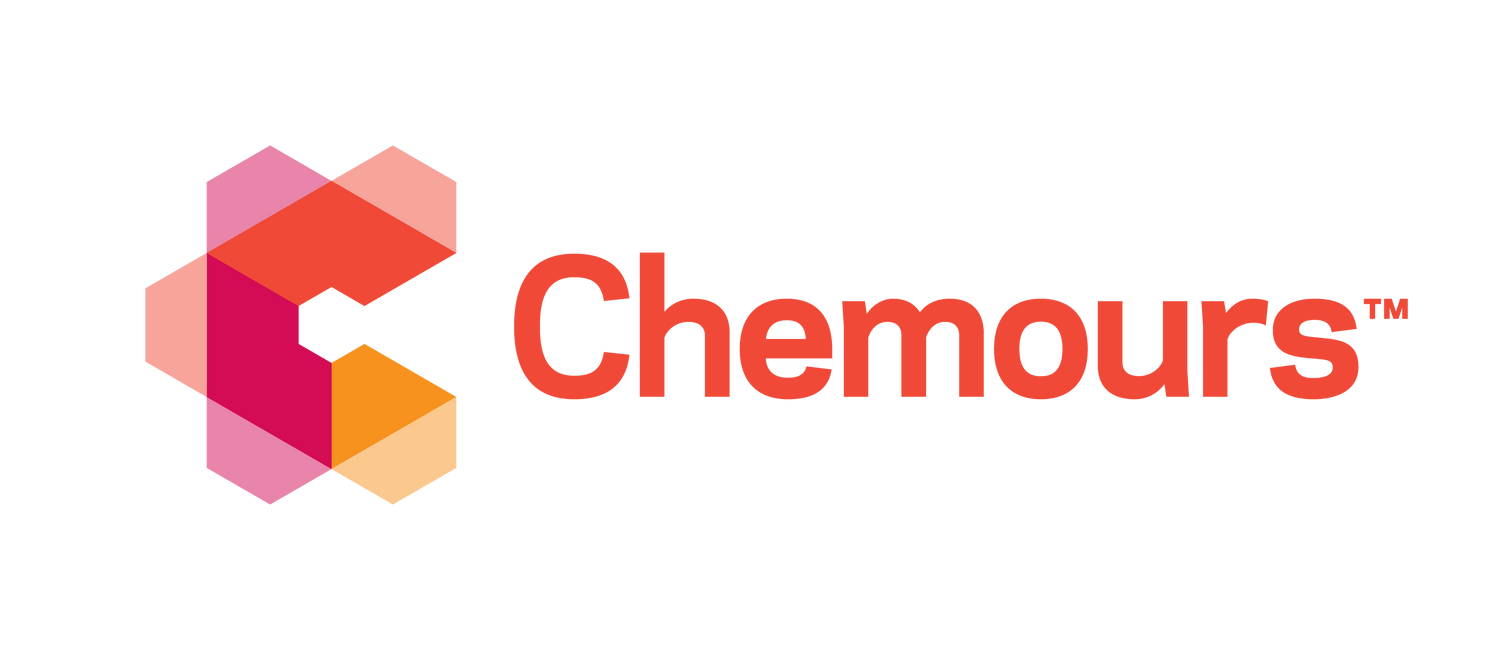Chemours’ Sustainability Report: Partnering To Protect Local Wildlife and Habitats
Earlier this year, Chemours released our annual Sustainability Report titled, “Partnering for Progress.” Throughout the report, we showcase how Chemours embraces partnerships to deliver innovative products responsibly and more sustainably, share its success with others, and drive business value. One such example is how Chemours is partnering to protect local wildlife and habitats, including at the company’s mining operations.
Chemours is the only U.S. producer of titanium and zirconium minerals and one of only two domestic producers of rare earth minerals. We mine minerals that contain the elements titanium and zirconium, which are included in the U.S. Department of the Interior’s 2018 list of critical minerals as vital to the nation’s security and economic prosperity. These critical minerals are produced in limited quantities domestically, and Chemours’ domestic monazite sales and production are used in U.S. rare earth mineral processing.
Our Titanium Technologies business segment operates mineral sands mining and separation operations in Florida and Georgia to supply our facilities with TiO2 mineral feedstock and to recover and sell other valuable mineral products.
We are committed to leaving each mining site in a condition comparable to its pre-mine condition. Through continuous reclamation, we work to re-establish the soils and plant vegetation in mined areas as soon as possible after mineral extraction is complete, which in turn allows native wildlife to quickly return.
Opportunities to directly protect wildlife habitats on the lands that we mine are limited because we lease mineral rights and carry out mining operations on land owned and managed by others. However, our mining operations teams support numerous organizations that work to protect area land and water resources, including the Satilla Riverkeeper, St. Marys Riverkeeper, and the Okefenokee Swamp Park.
Where practical, we craft our mine plans to avoid sensitive resources, such as wetlands and uplands that are habitats for gopher tortoise and indigo snake subpopulations. We also partner with external organizations to assist us in providing long-term conservation solutions to protect translocated gopher tortoises (indigo snakes have not been observed at our mining operations to date). Over nine years of mining in Georgia, Chemours’ research partners have translocated more than 400 tortoises and moved 181 hatchlings reared from collected eggs to Wildlife Management Areas.
In 2023, Chemours expanded wildlife protection research by partnering with academic institutions to examine the impacts of mining and mine reclamation on bird communities and rare plants and to assess soil development and plant re-establishment in wetlands constructed on mined lands.
Learn more in Chemours’ 2023 Sustainability Report.

